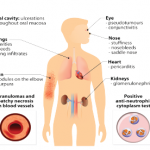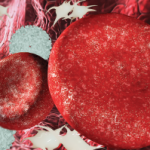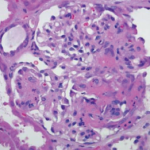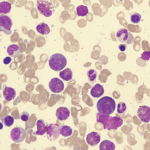Patients with polymyalgia rheumatica (PMR) or peripheral arthritis may require extra vigilance during treatment because of a suspected link to giant cell arteritis (GCA) and, potentially, permanent vision loss. “Development of giant cell arteritis after treating polymyalgia or peripheral arthritis: a retrospective case-control study,” a March 2018 study published in The Journal of Rheumatology, suggests…









